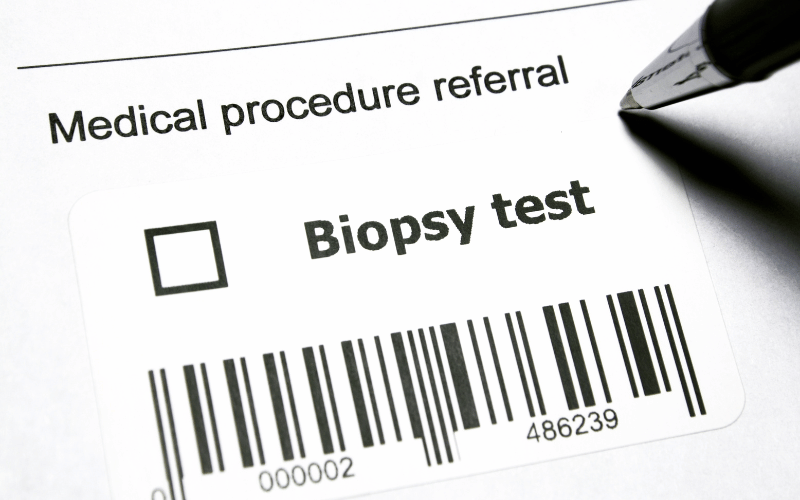Fact 5: Diagnosing Burkitt Lymphoma

Identifying and diagnosing Burkitt Lymphoma involves a combination of physical examinations, imaging studies, laboratory tests, and biopsy. These methods are used to confirm the presence of lymphoma cells and to determine the stage of the disease.
During a physical examination, doctors check for swollen lymph nodes in the neck, underarms, and groin. They may also look for signs of swelling in the liver and spleen.
Imaging studies such as Positron Emission Tomography (PET) and Computed Tomography (CT) scans can identify the location and size of the tumors, providing crucial information about the extent of the disease. These scans create detailed images of the body’s structures and tissues, making it easier to detect abnormalities.
Laboratory tests, including blood tests and cerebrospinal fluid analysis, help to assess the body’s overall health and determine how the disease is affecting the body. These tests also help doctors to monitor the disease’s progress and the effectiveness of treatment over time.
However, the definitive method to diagnose Burkitt Lymphoma is through a lymph node biopsy. This procedure involves removing a small sample of lymph node tissue for examination under a microscope. The biopsy can confirm the presence of lymphoma cells and provide detailed information about their type and growth rate. (5)